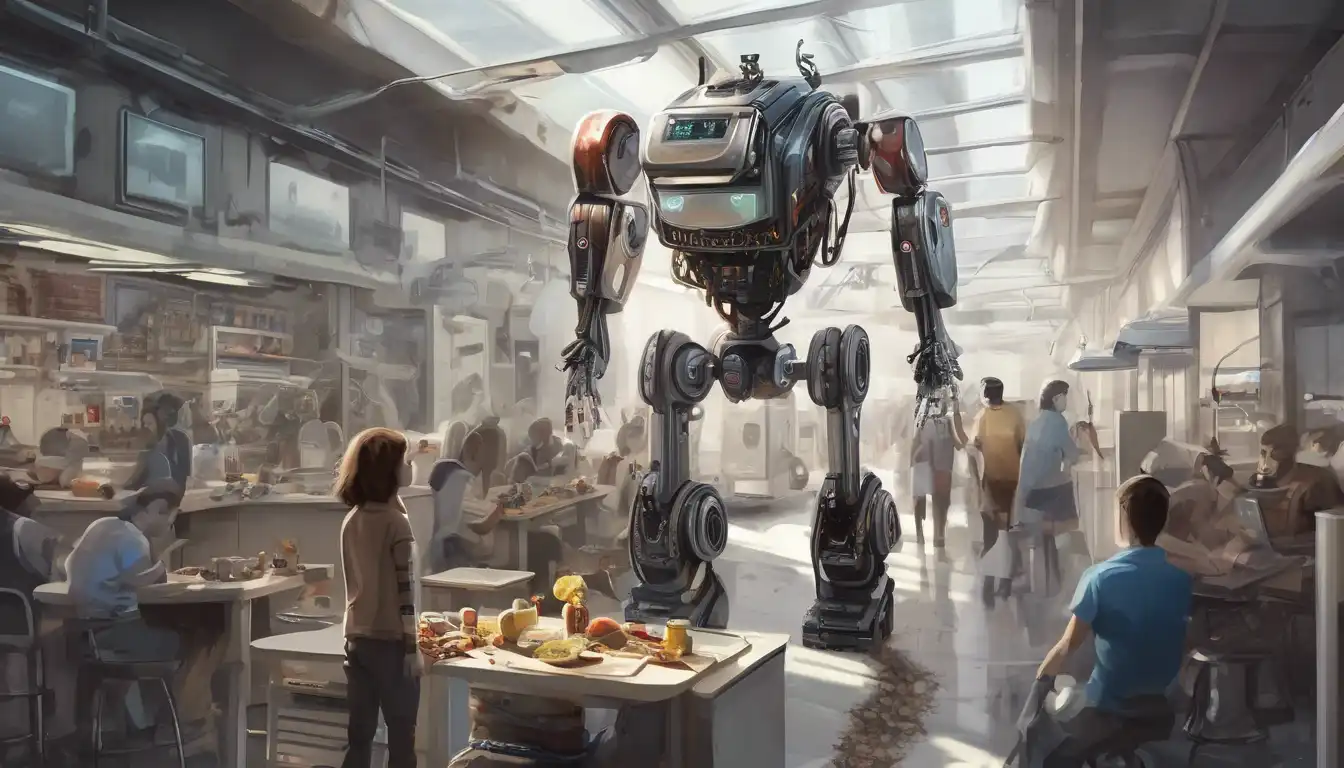The Impact of Robotics on Modern Living
In recent years, the integration of robotics into everyday life has moved from science fiction to reality. From automated vacuum cleaners to sophisticated surgical robots, the presence of robotics is becoming increasingly ubiquitous. This article explores the various ways robotics is transforming our daily lives, the benefits it brings, and the challenges it poses.
Everyday Applications of Robotics
Robotics technology has found its way into numerous aspects of daily life. Here are some of the most common applications:
- Home Automation: Devices like robotic vacuum cleaners and lawn mowers have made household chores easier and more efficient.
- Healthcare: Surgical robots assist doctors in performing precise and minimally invasive procedures, improving patient outcomes.
- Manufacturing: Industrial robots have revolutionized production lines, increasing efficiency and reducing human error.
- Customer Service: Robots are now being used in retail and hospitality to enhance customer experiences.
The Benefits of Robotics in Daily Life
The rise of robotics offers numerous advantages, including:
- Increased Efficiency: Robots can perform tasks faster and more accurately than humans in many cases.
- Safety: Robots can take on dangerous tasks, reducing the risk of injury to humans.
- Convenience: Automated devices save time and effort, allowing people to focus on more important activities.
Challenges and Considerations
Despite the benefits, the integration of robotics into everyday life is not without its challenges. Concerns include:
- Job Displacement: The automation of tasks traditionally performed by humans raises concerns about employment.
- Privacy Issues: The use of robots in homes and public spaces can lead to privacy concerns.
- High Costs: The initial investment in robotics technology can be prohibitive for some individuals and businesses.
The Future of Robotics
As technology continues to advance, the role of robotics in everyday life is expected to grow. Innovations in artificial intelligence and machine learning will further enhance the capabilities of robots, making them even more integral to our daily routines. The future may see robots taking on more complex tasks, from elderly care to environmental monitoring.
For those interested in learning more about the latest in robotics technology, check out our technology trends section.
In conclusion, the rise of robotics in everyday life presents both opportunities and challenges. By embracing this technology, we can improve efficiency, safety, and convenience in our daily lives. However, it is also important to address the ethical and societal implications to ensure a balanced and beneficial integration of robotics into society.
